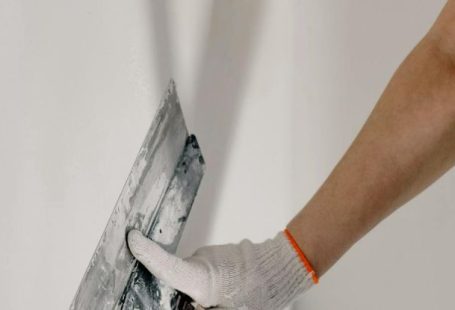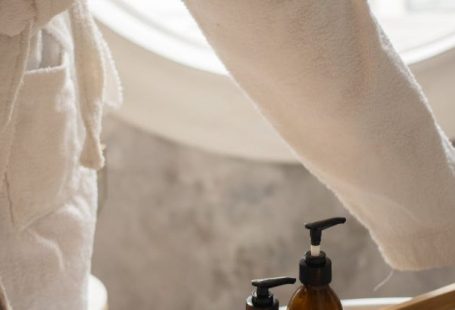Color plays a crucial role in the world of interior design, often being the first thing that catches our eye when we enter a room. The psychology behind color choices in interiors is a fascinating subject that delves into how different hues can impact our emotions, behaviors, and overall well-being. From calming blues to energizing yellows, each color has its unique psychological effects on individuals. Understanding the psychology behind color choices can help homeowners create spaces that evoke the desired feelings and atmosphere. Let’s explore the intriguing world of color psychology in interior design.
The Influence of Color on Emotions
Colors have the power to evoke various emotions within us, influencing our mood and perceptions. Warm colors like reds, oranges, and yellows are known to be stimulating and energizing, making them ideal for spaces where socialization and activity are encouraged. These hues can create a sense of warmth and intimacy, making them popular choices for living rooms and dining areas.
On the other hand, cool colors such as blues, greens, and purples have a calming effect on the mind and body. These colors are often associated with relaxation and serenity, making them perfect for bedrooms, bathrooms, and other spaces where one seeks tranquility. Lighter shades of cool colors can make a room feel more spacious and airy, while darker tones can add a sense of sophistication and coziness.
Creating Balance with Neutrals
Neutrals such as white, beige, and gray are versatile colors that can serve as a foundation for any interior design scheme. Neutrals provide a sense of balance and harmony in a space, allowing other colors to stand out and make a statement. These colors are often used as a backdrop for bolder hues or as a way to create a minimalist and contemporary look.
Neutrals are also timeless and can easily adapt to changing trends and personal preferences. They create a sense of simplicity and elegance, making them popular choices for those looking to create a sophisticated and understated interior. When paired with textures and patterns, neutrals can add depth and interest to a room without overwhelming the senses.
The Psychological Effects of Specific Colors
Each color carries its unique psychological associations that can influence how we perceive a space. For example, the color blue is often associated with calmness, trust, and stability. It can evoke feelings of peace and tranquility, making it a popular choice for bedrooms and bathrooms. Blue is also known to have a cooling effect, which can help create a sense of relaxation in a room.
Green is another color that is often linked to nature, growth, and harmony. It is a refreshing and rejuvenating color that can create a sense of balance and stability in a space. Green is believed to have a calming effect on the mind and body, making it a great choice for areas where one seeks to unwind and de-stress.
Yellow is a color that exudes energy, happiness, and optimism. It is known to stimulate the mind and promote creativity and communication. Yellow can make a space feel lively and welcoming, making it a popular choice for kitchens, dining rooms, and home offices. However, too much yellow can be overwhelming, so it is essential to use it in moderation.
Incorporating Color Psychology into Your Home
When designing your home, consider the psychological effects of color and how you want each room to make you feel. Start by selecting a color scheme based on the emotions and atmosphere you wish to create in each space. Experiment with different shades and tones to find the perfect balance that resonates with you.
Consider the function of each room when choosing colors. For example, vibrant and energizing colors may be suitable for areas where socialization and activity occur, while calming and soothing hues may be more appropriate for spaces dedicated to relaxation and rest. Pay attention to natural light and how it interacts with different colors, as lighting can affect how colors appear in a room.
In conclusion, the psychology behind color choices in interiors is a powerful tool that can enhance the mood, atmosphere, and overall aesthetic of a space. By understanding how colors influence our emotions and behaviors, homeowners can create environments that support their well-being and personal style. Whether you prefer a vibrant and energetic space or a serene and tranquil retreat, the right color choices can transform your home into a place that resonates with you on a deeper level. Embrace the power of color psychology and let your home reflect the emotions and experiences that are most meaningful to you.





